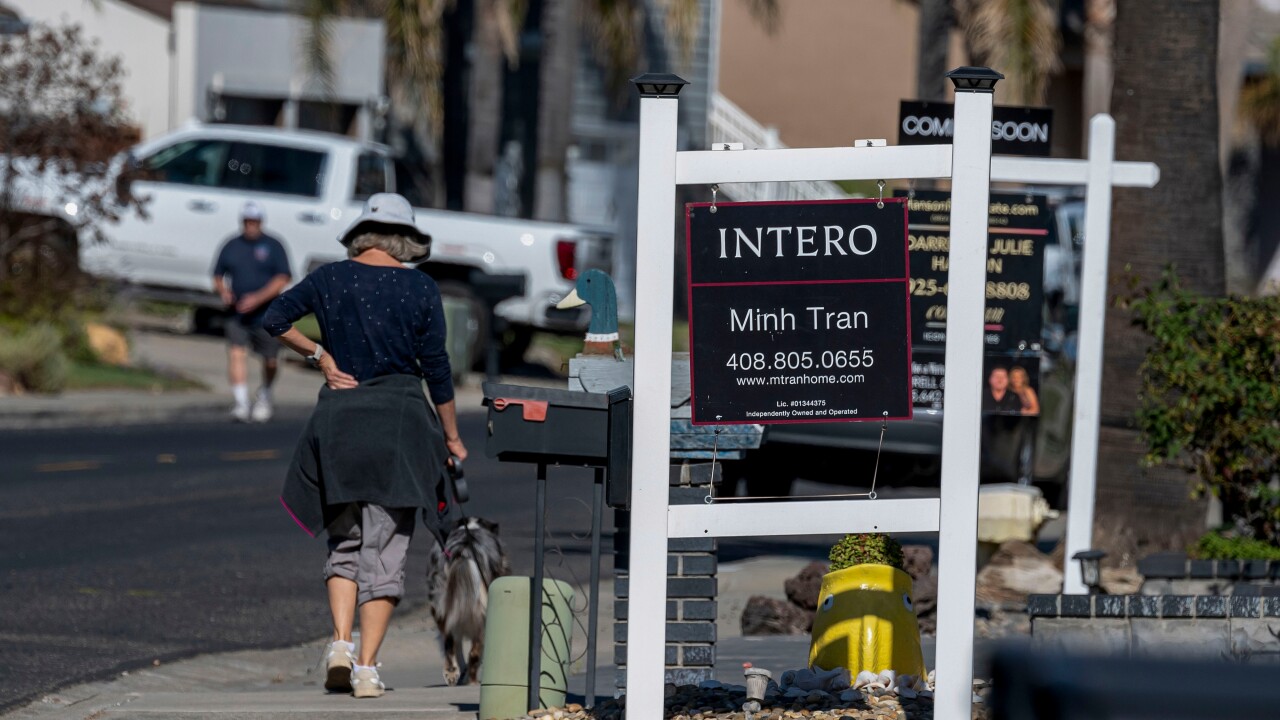
The "father of the mortgage-backed security," Lewis Ranieri, acknowledges private securitization has contributed to market upheaval at least twice in the last 40 years, but he thinks government domination is problematic, too.
So long as government-backed entities are guaranteeing 90% of originations, competition that could result in greater mortgage options for borrowers is being stifled. But a return of private capital to the market, possibly through securitization, could fix that.
"The housing market as I understand it is broken," said Ranieri, who today is the chairman of Ranieri Strategies, a group of investment and asset management companies in New York.
Lending without regard to borrowers' ability to repay in the previous decade was bad for housing, he said. But so is having the homeownership rate fall while the government is subsidizing the bulk of home lending.
"We have fewer homeowners now than we had in 1976, and now we've guaranteed almost the entire market," said Ranieri, one of the authors of a recent government-sponsored enterprise reform proposal to merge Fannie Mae and Freddie Mac and have them reinsure only catastrophic risk.
While this type of GSE reform could help decrease the government's involvement in the mortgage market, Ranieri wonders how likely it is to become a reality in the near-term, given that there has been resistance to doing something simple like lowering Fannie and Freddie's loan limits.
"Even the most obvious thing to do, to in effect create more volume for the private sector to use, we won't do," he said.
With the GSEs and other government agencies like the Federal Housing Administration still involved in 90% of the mortgage market, any scaling back to the more traditional benchmark of around 60% for governmental entities to allow the re-introduction of more private market involvement will have to be gradual, he said.
"We're going to have to walk our way back," said Ranieri.
The return of a private secondary mortgage market would be more diverse than in the past, and include traditional securitizations, as well as other forms of risk-sharing transactions.
Private mortgage insurance, reinsurance or GSE risk-sharing vehicles such as Fannie's Connecticut Avenue Securities structures are currently being used, but there needs to be enough volume for the private securitization market to grow beyond its current small size, and that won't happen without broader GSE reform, he said.
"If there's a will to, in effect, back the government out and have a bigger private sector then securitization will work," said Ranieri.
Although the private securitization structure has been abused, it was a necessary step for the market back in the days when savings and loans dominated the mortgage market, because their balance-sheet lending wasn't sufficient to meet the demand for housing finance at the time, said Ranieri. "I was asked to come up with a solution for what our economists viewed as a crisis."
The concepts he and others came up with in response were ones they at first attempted to use in concert with the thrift industry, but savings and loans quickly began to feel threatened by it.
"It was in 1978 that I first started working on what became the mortgage-backed security, and it wasn't with a thrift because the thrifts viewed this from the get-go as a competition." While many in the thrift industry didn't want to talk about the concept, Stan Strachan, who founded NMN as National Thrift News, did, Ranieri recalled.
"Whether it was me potentially becoming a problem for this industry he believed in, or later on when…the thrift crisis started to be created, he was the only voice. Nobody else really would talk about it. It was sort of, 'if we don't say anything, maybe it will go away.'"
Deregulation and abusive lending in response to it turned out to be more of a threat to the thrifts than securitization, but misuse of securitization did end up being one of the contributors to the Great Recession, and in both cases unrealistic risk-taking by lenders was the broad cause, said Ranieri.
"The Great Recession, in my opinion, was the abuse of the structure of securitization that we created and [like the thrift crisis] it was people taking risks that were unreasonable. I can say that because I, along with others, was complaining about what was going on. It was pretty obvious that we were allowing abuses to, in effect, enter into the system," he said.





